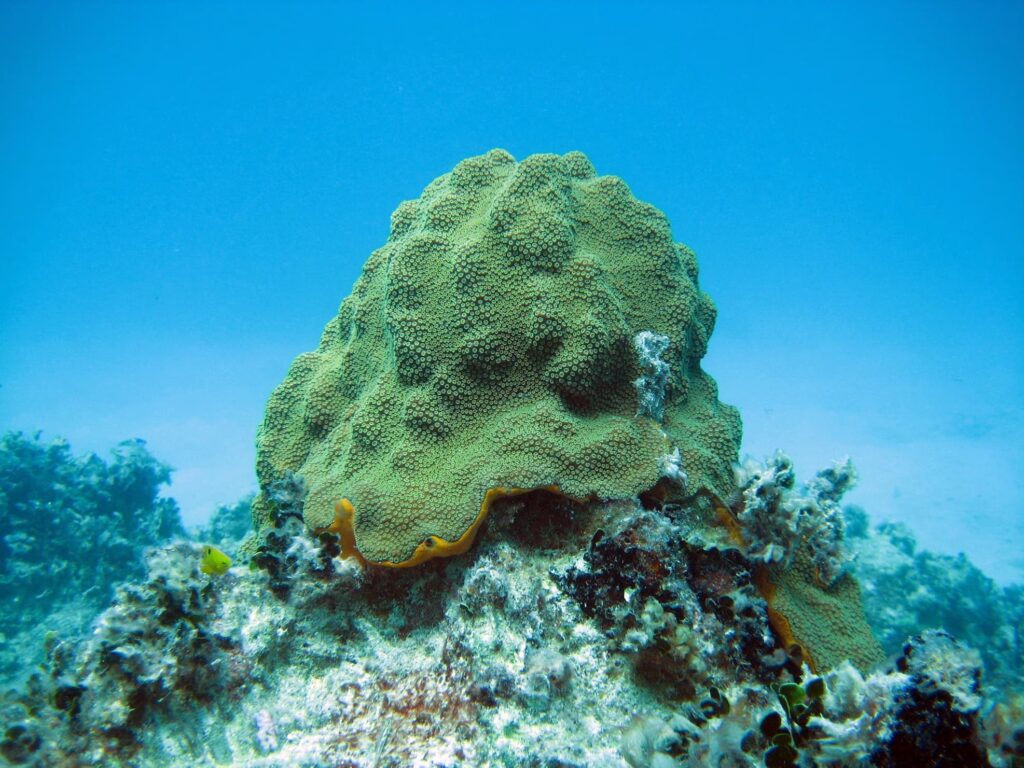The ongoing effects of climate change on marine migration patterns represent a critical area of study, as these shifts impact not only marine biodiversity but also human communities that depend on these ecosystems. As we explore this topic, it is essential to recognize the interconnectedness of marine life and the environment. The relevance of this issue is underscored by the fact that just as Swedish mail-order brides at https://uadates.com/swedish-brides.html seek connections across borders, marine species are also compelled to adapt their migration routes in response to global changes.
Understanding Marine Migration and Its Drivers
Marine migration refers to the movement of marine species from one area to another, often over large distances, driven by seasonal changes, reproductive cycles, or the search for food. Historically, these migrations followed relatively stable patterns, dictated by predictable environmental cues. However, climate change is disrupting these patterns by altering the physical and chemical properties of the ocean.
Key Drivers of Shifting Marine Migration Patterns
- Rising sea temperatures: The global ocean temperature has increased by approximately 0.08 degrees Celsius per decade since the late 19th century. Warmer waters push species like fish and plankton to migrate toward cooler regions, typically closer to the poles or deeper ocean layers.
- Ocean acidification: The ocean absorbs roughly 30% of anthropogenic CO2 emissions, leading to acidification. This process affects the ability of species, such as shellfish and corals, to form calcium carbonate shells and skeletons, altering their distribution and the ecosystems they support.
- Changing currents and oxygen levels: Climate change impacts ocean currents, such as the Gulf Stream, which play a critical role in nutrient distribution and temperature regulation. Additionally, regions with declining oxygen levels, known as hypoxic zones, are expanding, which forces species to relocate.
Case Studies: Species on the Move
To understand the real-world impact of these drivers, let us examine several species whose migration patterns have been significantly affected by climate change.
Atlantic Cod
Atlantic cod, a commercially valuable species, has experienced a northward shift in its distribution. Traditionally found in the waters of New England, cod populations are now more concentrated in the cooler waters of Canada. This shift has created challenges for fisheries, which must travel farther to maintain their catch levels.
Leatherback Sea Turtles
Leatherback sea turtles are highly migratory and rely on ocean currents to navigate between feeding and nesting grounds. Climate-induced changes to currents and water temperatures have altered their migration routes and increased their vulnerability to threats like fishing gear entanglement and habitat loss.
Plankton
As a foundational component of the marine food web, plankton’s migration impacts entire ecosystems. Studies reveal that warming waters are causing phytoplankton and zooplankton to migrate poleward at rates up to 10 kilometers per year, which disrupts predator-prey relationships and affects species higher up the food chain.
Economic and Ecological Impacts of Shifting Migrations
The redistribution of marine species has profound consequences for global economies and ecosystems. Below is a table summarizing some key impacts:
| Impact Area | Description |
| Fisheries | Disrupted fish stocks force adaptation, increase costs, and reduce profitability. |
| Ecosystem Balance | New predator-prey interactions may destabilize marine ecosystems. |
| Biodiversity | Potential loss of species unable to adapt or migrate. |
The shifting migration patterns of marine species create a complex cascade of effects that ripple through both ecosystems and human communities. As fish populations relocate to cooler waters, traditional predator-prey relationships break down, destabilizing entire food webs. Predators face food scarcity in their historical hunting grounds, which leads to population declines. Meanwhile, these shifts can create ecological vacuums that opportunistic species — often invasive ones — move to fill.
These ecological disruptions directly translate to economic challenges for coastal communities. Fishing communities, particularly in regions like Southeast Asia and the eastern United States, face increasingly difficult choices. As target species move away from traditional fishing grounds, fishers must either invest in longer-range vessels and equipment or risk diminishing catches. The increased operational costs from extended fishing trips, combined with less predictable catches, squeeze profit margins and threaten the economic stability of communities that have relied on specific fisheries for generations.
How to Adapt to a Changing Ocean
The challenges posed by shifting marine migration patterns necessitate proactive measures from governments, researchers, and industries. Below are some strategies for adaptation and mitigation.
Enhancement of Monitoring and Research
Advances in satellite technology and data analytics allow scientists to track marine species with unprecedented accuracy. Improved understanding of migration patterns enables better policy decisions and management strategies.
Establishment of Dynamic Marine Protected Areas (MPAs)
Traditional MPAs are fixed geographic zones, but dynamic MPAs adapt to changing migration patterns. For example, mobile protection zones can follow the movements of migratory species and ensure their habitats remain safeguarded.
Promotion of Sustainable Fisheries
Encouraging sustainable fishing practices is critical to mitigating the impact of climate change on marine species. Quotas and gear restrictions can help prevent overfishing and reduce bycatch, ensuring the long-term viability of fish stocks.
Global Collaboration and Policy Initiatives

International cooperation is essential to address the transboundary nature of marine migration. Agreements like the United Nations Convention on the Law of the Sea (UNCLOS) provide a framework for nations to collaborate on conservation efforts and sustainable resource management.
Conclusion: Navigating an Uncertain Future
The movement of marine species in response to climate change underscores the interconnectedness of Earth’s ecosystems and human economies. By understanding and addressing the factors driving these migrations, we can better prepare for the challenges ahead. Proactive measures, from dynamic conservation zones to global policy cooperation, are critical to ensuring the health and sustainability of our oceans and the livelihoods they support.
This reshuffling of marine life due to climate change demands attention and innovation to secure biodiversity and human reliance on marine resources for generations to come.